Tropic Trooper’s Back: USBferry Attack Targets Air-gapped Environments

By Joey Chen (Threats Analyst)
Tropic Trooper, a threat actor group that targets government, military, healthcare, transportation, and high-tech industries in Taiwan, the Philippines, and Hong Kong, has been active since 2011. The group was reportedly using spear-phishing emails with weaponized attachments to exploit known vulnerabilities. Primarily motivated by information theft and espionage, the group has also been seen adopting different strategies such as fine-tuning tools with new behaviors and going mobile with surveillanceware.
We found that Tropic Trooper’s latest activities center on targeting Taiwanese and the Philippine military’s physically isolated networks through a USBferry attack (the name derived from a sample found in a related research). We also observed targets among military/navy agencies, government institutions, military hospitals, and even a national bank. The group employs USBferry, a USB malware that performs different commands on specific targets, maintains stealth in environments, and steals critical data through USB storage. We started tracking this particular campaign in 2018, and our analysis shows that it uses a fake executable decoy and a USB trojan strategy to steal information.
Based on data from the Trend Micro Smart Protection Network
Smart Protection Network security infrastructure, USBferry attacks have been active since 2014. We found the group was focused on stealing defense-, ocean-, and ship-related documents from target networks, which led us to believe that Tropic Trooper’s main purpose is to exfiltrate confidential information or intelligence.
security infrastructure, USBferry attacks have been active since 2014. We found the group was focused on stealing defense-, ocean-, and ship-related documents from target networks, which led us to believe that Tropic Trooper’s main purpose is to exfiltrate confidential information or intelligence.
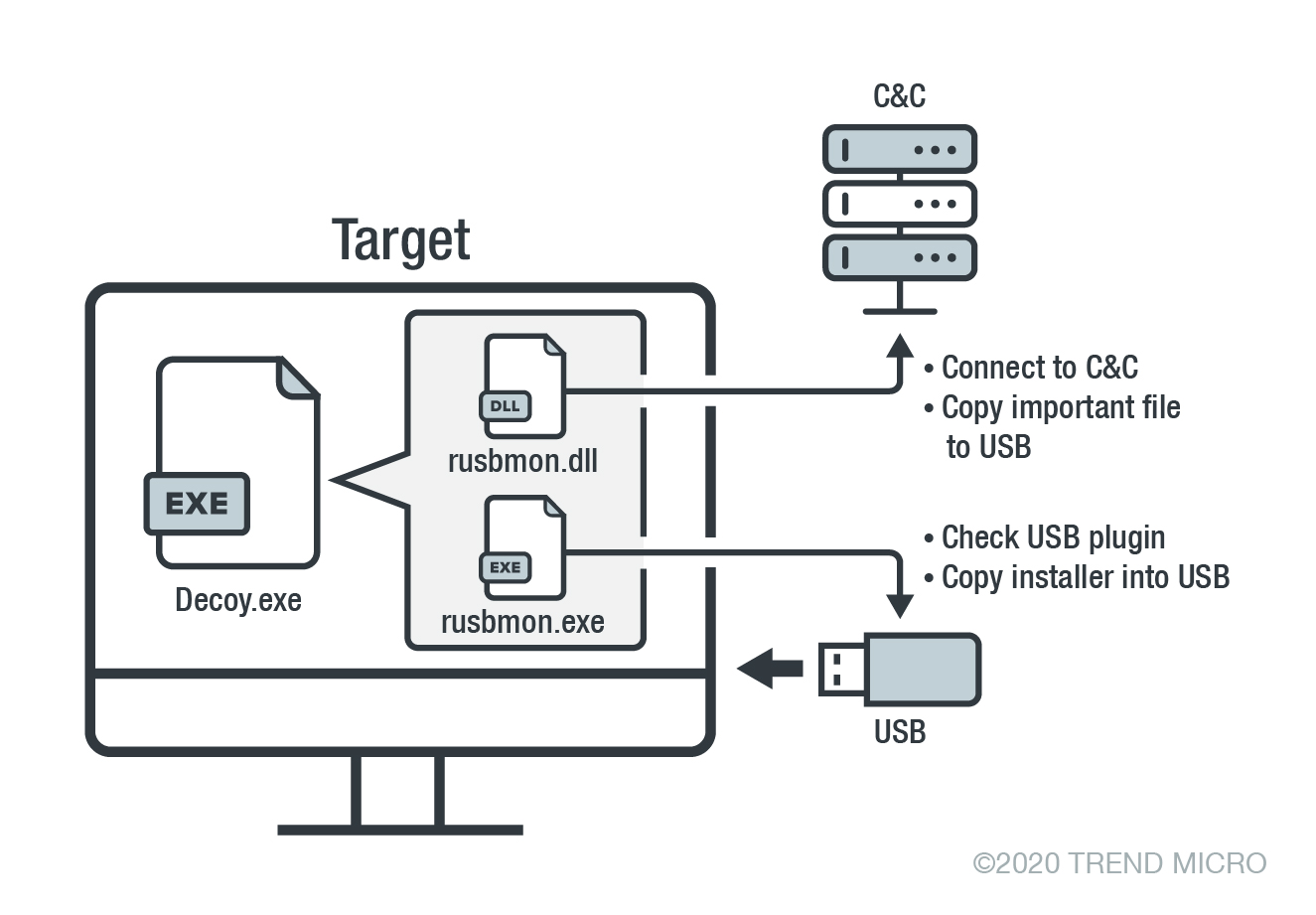
Figure 1. A sample scenario of the USBferry attack
Tropic Trooper is well aware that military or government organizations may have more robust security in their physically isolated environments (i.e., the use of biometrics or USB use in a quarantined machine before an air-gapped environment). The group then targets potentially unsecured related organizations that could serve as jumping-off points for attacks. For instance, we observed Tropic Trooper move from a military hospital to the military’s physically isolated network.
This blog post provides an overview of the USB malware called USBferry and its capabilities, as well as the other tools used to infiltrate physically isolated environments. Further details, including indicators of compromise (IoCs), can be read in the technical brief.
A USB malware called USBferry
We first encountered the malware from a PricewaterhouseCoopers report that mentioned a sample related to Tropic Trooper but did not include a detailed analysis. We looked into it further and discovered many versions of it, including several program database (PDB) strings. For one thing, the USBferry malware already has at least three versions, with different variants and components, at the time of writing. Here are the noteworthy points we gathered during analysis:
- The first version has a small component of TROJ_YAHOYAH. The malware tries to check if the target machine has a USB plug-in and copies the USBferry installer into the USB storage. The activities vary in target environments; some execute commands, source target files or folder lists, and copy files from physically isolated hosts to compromised hosts, among other things.
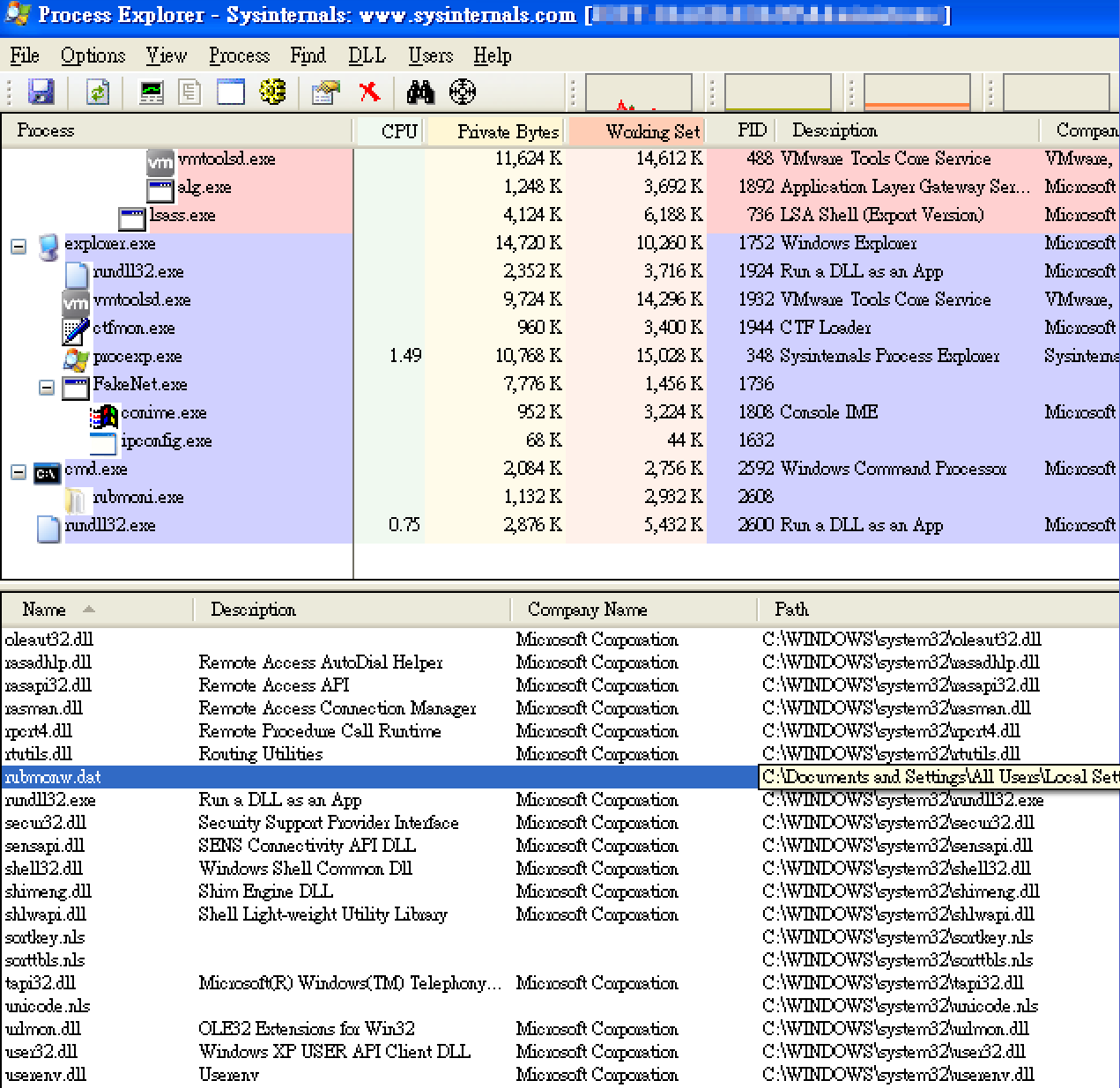
Figure 2. USBferry malware’s first version, where the EXE file is the USBferry malware and the DLL file is trojan TROJ_YAHOYAH
- The second version has the same capabilities as the first and combines components into one executable. This version also changes the malware location and its name to UF, an abbreviation for USBferry.
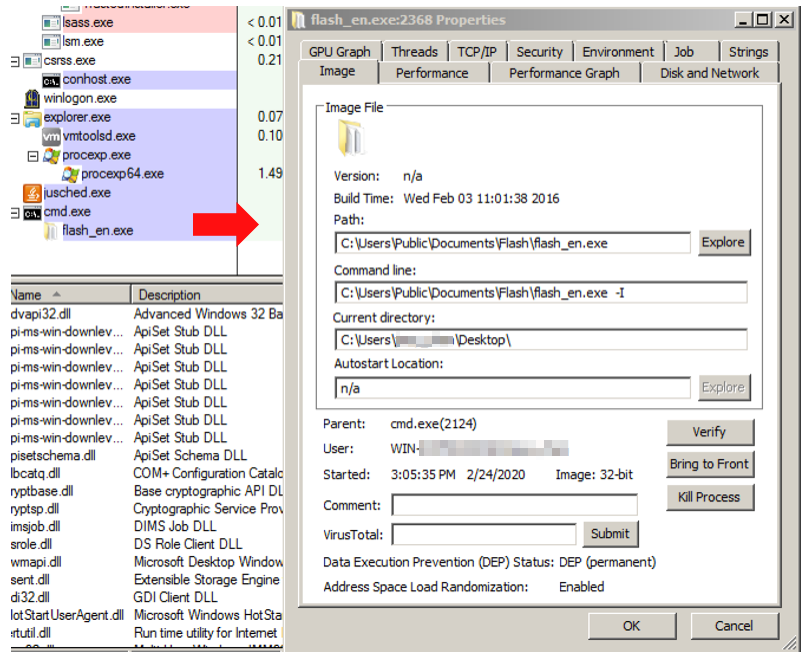
Figure 3. USBferry malware’s second version combined into one file
- The third version retains the previous versions’ capabilities and improves its stealth in the target environment by residing in the rundll32.exe memory.
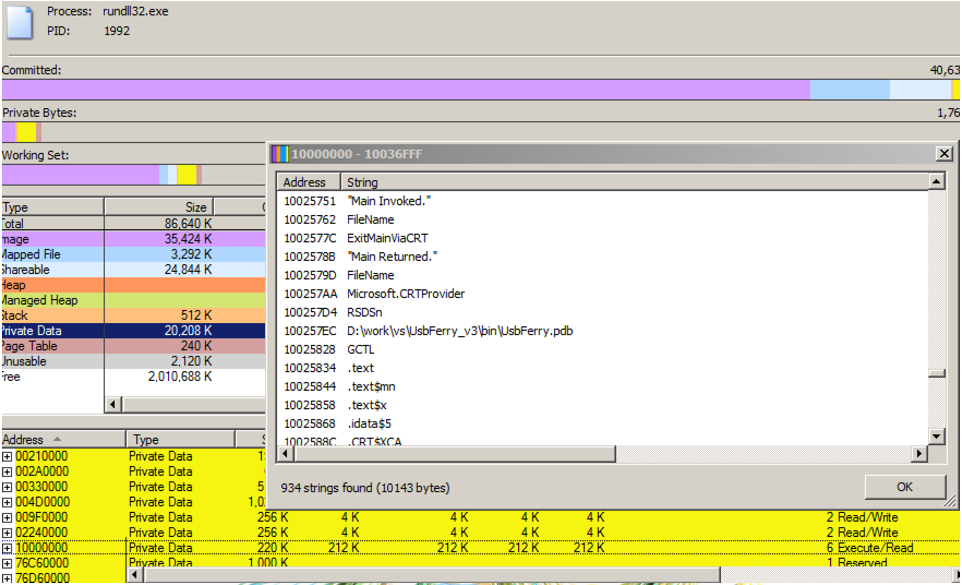
Figure 4. USBferry malware’s third version becomes resident in memory
How USBferry targets air-gapped systems
In our technical brief, we broke down how Tropic Trooper has changed the way it uses the abovementioned USBferry versions in attacks. The group achieves infection by employing the USB worm infection strategy and ferrying a malware installer via USB into an air-gapped host machine.
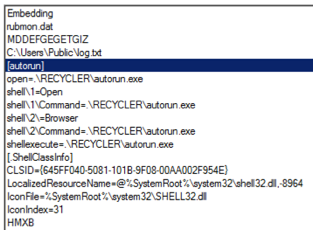
Figure 5. USBferry malware using USB worm infection strategy
Here we will discuss the notable changes in the group’s latest attack chain that uses version UF1.0 20160226 (detected by Trend Micro as TROJ_USBLODR.ZAHB-A):
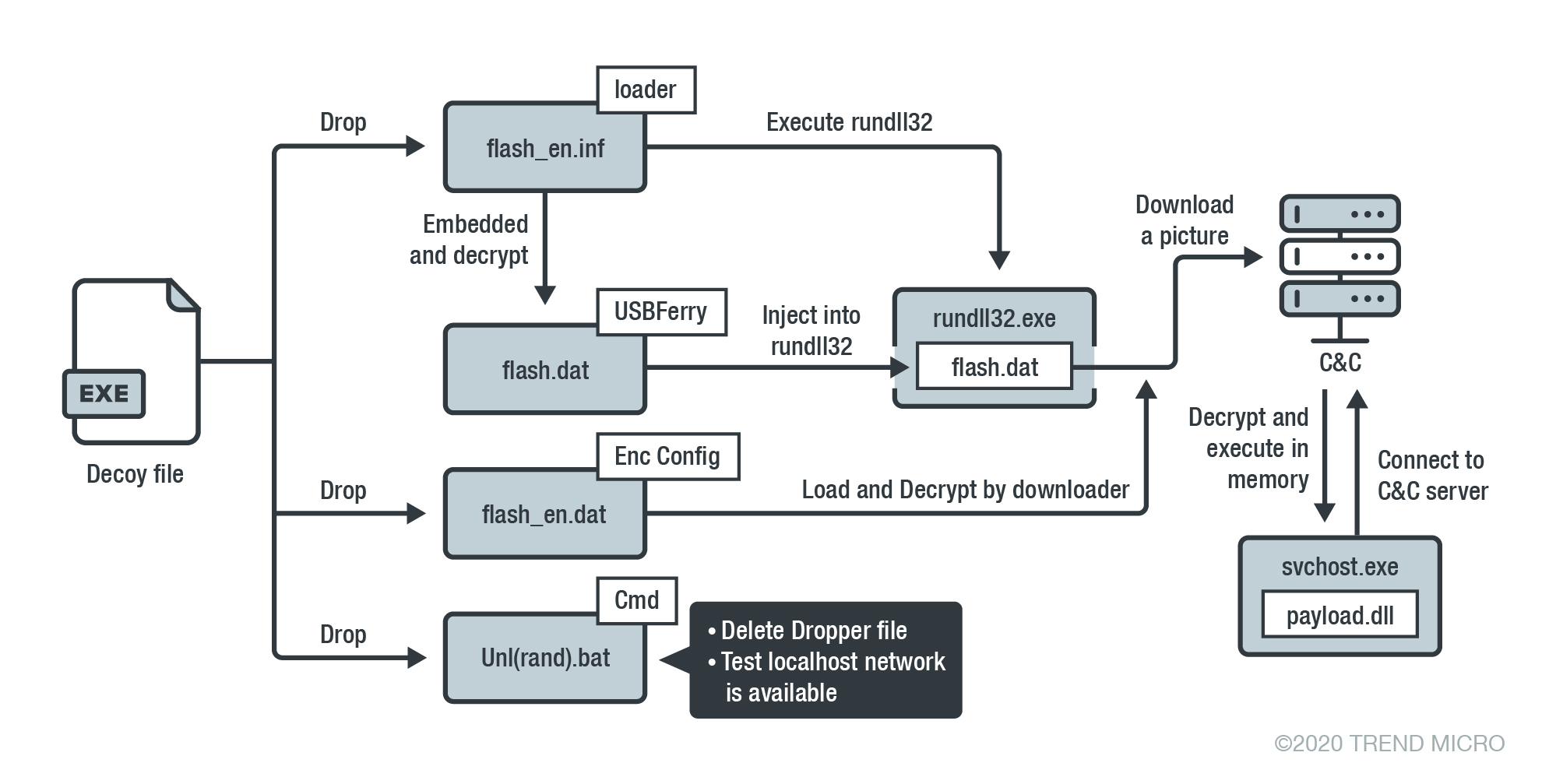
Figure 6. USBferry attack scenario, version UF1.0 20160226
- The decoy file first drops a flash_en.inf DLL file, which is a USBferry loader, and tries to load the encrypted USBferry malware
- The encrypted USBferry malware is embedded in the loader resource section, and the loader drops it into the C:UsersPublicDocumentsFlash folder and names it flash.dat
- After the encrypted payload is loaded, the loader injects a malicious DLL into rundll32.exe. The USBferry malware also loads a C&C configuration file and flash_en.dat, which is also located in the C:UsersPublicDocumentsFlash
- The USBferry malware then tries to connect to the download site and uses a Windows command to collect/copy target host data
This version checks for network connectivity; if it finds that the network is unavailable, it tries to collect information from the target machine and copy the collected data into USB storage. This way, the USB exfiltrates the information and sends it back to the C&C server.
Backdoors and other tools used by Tropic Trooper
Some backdoors used by Tropic Trooper use injection to execute its routines, while others execute directly and run itself consistently. The group also uses steganography to mask their backdoor routines and evade anti-malware and network perimeter detection. To find the full list of the backdoors we analyzed, check out our technical brief.
Here we will tackle some of the noteworthy backdoors Tropic Trooper used.
- WelCome To Svchost 3.2 20110818’s backdoor (detected as BKDR_SVCSHELL.ZAHC-A) – This backdoor bears similarities with a payload we discussed in our previous research. Based on the malware version number, this backdoor’s first version was developed in or before 2011. This means that Tropic Trooper’s activities have been ongoing for at least ten years now.
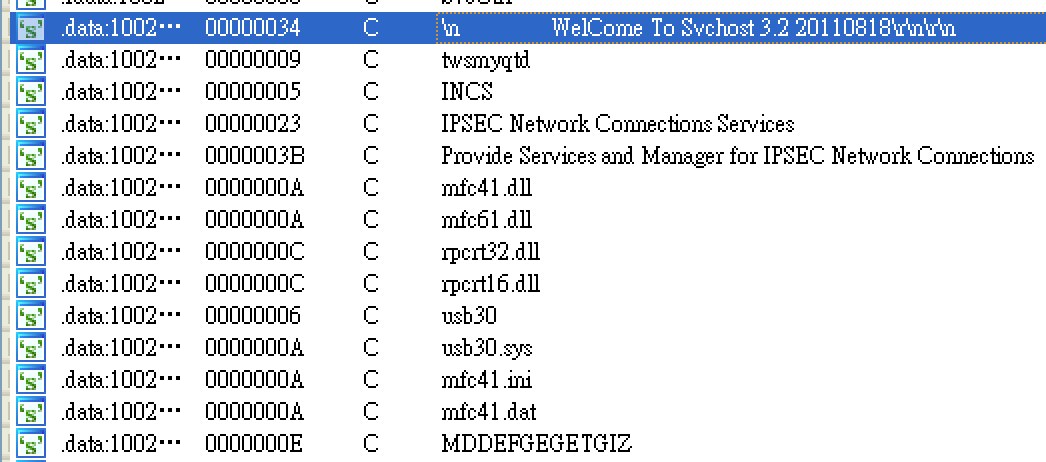
Figure 7. The backdoor version name, registered service name, and malware components’ filenames
- Welcome To IDShell 1.0 20150310’s backdoor (detected as BKDR_IDSHELL.ZTFC-A) – The purpose of this backdoor, which has two types, including a steganography jpg version, is to recon the target machine. Like other versions, it uses the DNS protocol to communicate with the backdoor controller. The traffic is encrypted to evade detection.
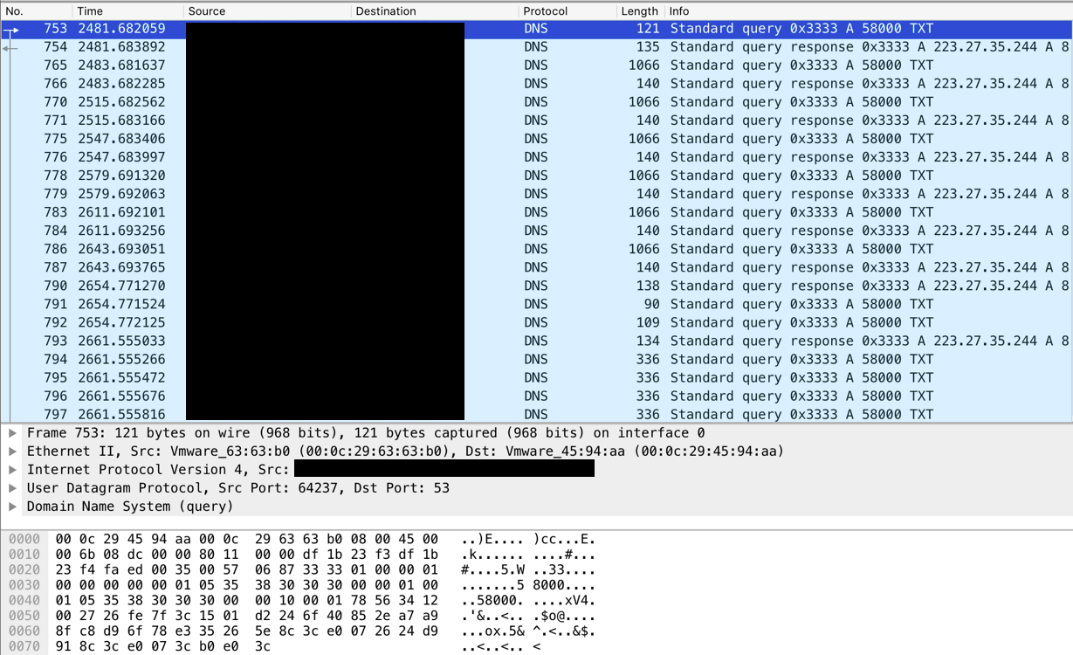
Figure 8. The backdoor’s communication traffic
- Hey! Welcome Server 2.0’s backdoor (detected as BKDR_TEBSHELL.ZTGK) – This is the latest version of the backdoor, available in 32-bit and 64-bit versions, which uses an invisible web shell for remote control and network security evasion. It runs the process as a service, hides backdoor communication in normal traffic, and uses customized TCP protocol. It also improves the way it handles wrong input commands and unauthorized access.

Figure 9. The executable version will install and name it as a Windows service, change registry to disable error display, and launch the service
Tropic Trooper also used other tools in their attacks, such as:
- Command-line remote control listener/port relay tool, which has different versions that can communicate with the backdoor.
- Backdoor payload/steganography payload execution loaders, which have two versions that can be used to successfully load the encrypted payload and subsequently delete itself and the payload.
- Port scanning tools, which are available on the internet.
The overview provided above highlights how putting critical information in physically isolated networks is not a bulletproof solution for defending against cyberespionage. Steganography isn’t just used to deliver encrypted payloads; it can also be used to transfer information to a C&C server. Multiple hacking tools and components can also help facilitate successful attacks on different networks and environments. Threat actors like Tropic Trooper can also use an invisible web shell to hide its C&C server location and make incident response tricky.
MITRE ATT&CK Matrix
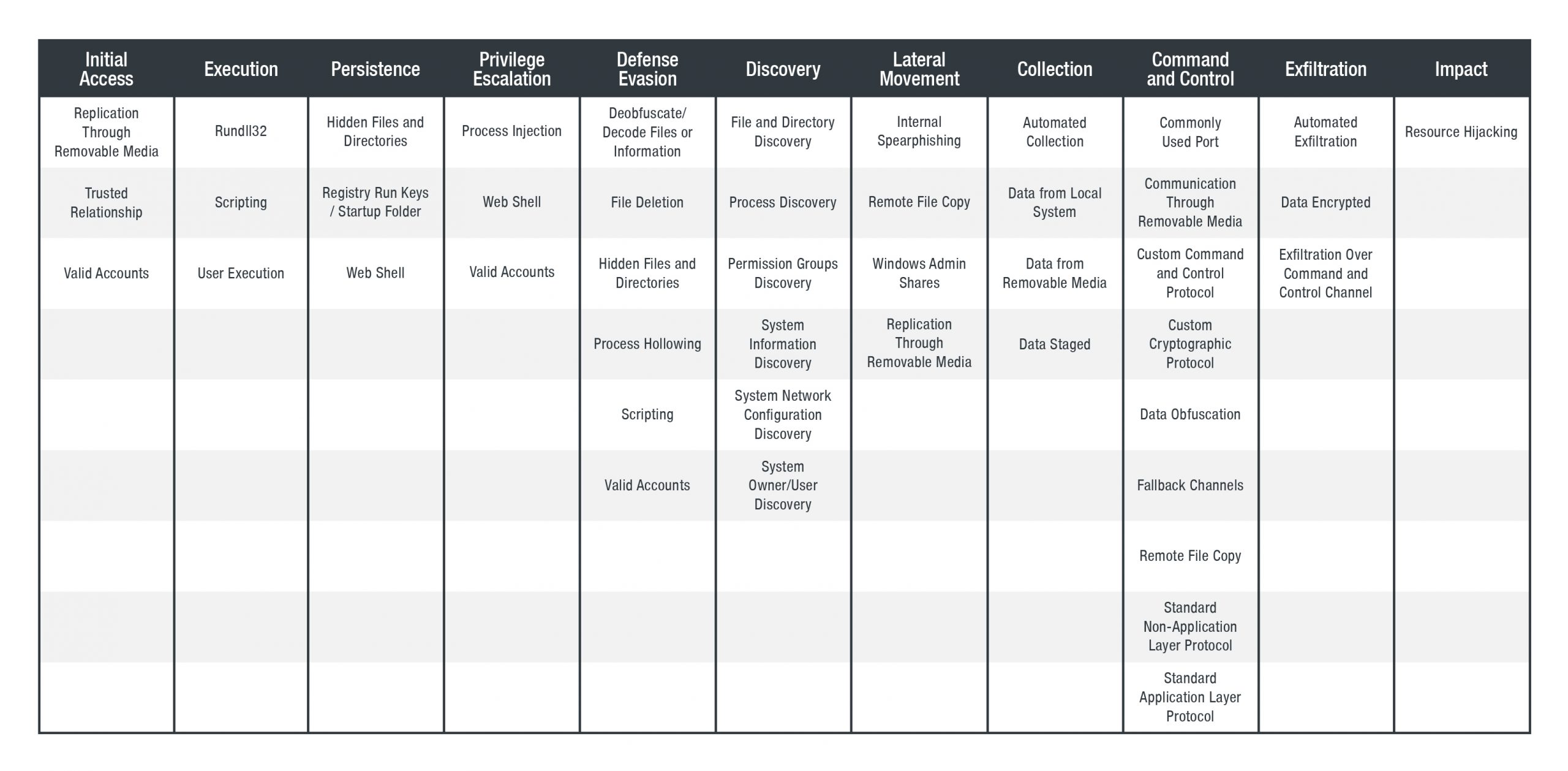
Best practices and Trend Micro solutions
The latest developments with Tropic Trooper indicate that they are well-prepared to target government institutions and military agencies for stolen intelligence. The group also takes a long time to perform reconnaissance and consequently infiltrate physically isolated networks. This research also underscores how threat actors could see potentially vulnerable targets as launch points for extending their attack attempts to other, more critical targets.
Understanding attack tactics and techniques can provide the needed context for assessing potential impact and adopting defensive strategies. Here are some measures that organizations can practice to thwart advanced persistent threats with security that employs actionable threat intelligence, network-wide visibility, and timely threat protection:
- Enforce the principle of least privilege. Employ network segmentation and data categorization to deter lateral movement and mitigate exposure.
- Keep the system and its applications up-to-date. Weaknesses in the network can serve as entry points for attacks. Enforce a strong patch management policy and consider virtual patching for legacy systems.
- Regularly monitor your perimeter. Adopt cross-layer detection and response across gateways, endpoints, networks, and servers to protect against a wide range of cybersecurity threats. Firewalls and intrusion detection and prevention systems can help defend against network-based attacks.
Organizations can take advantage of the Trend Micro Apex One solution, which provides actionable insights, expanded investigative capabilities, and centralized visibility across the network through a variety of threat detection capabilities such as behavioral analysis that protects against malicious scripts, injection, ransomware, memory, and browser attacks.
solution, which provides actionable insights, expanded investigative capabilities, and centralized visibility across the network through a variety of threat detection capabilities such as behavioral analysis that protects against malicious scripts, injection, ransomware, memory, and browser attacks.
A multilayered security solution such as Trend Micro Deep Discovery
Deep Discovery can also be considered; it provides in-depth analysis and proactive response to attacks using exploits and other similar threats through specialized engines, custom sandboxing, and seamless correlation across the entire attack lifecycle, allowing it to detect these attacks even without any engine or pattern updates.
can also be considered; it provides in-depth analysis and proactive response to attacks using exploits and other similar threats through specialized engines, custom sandboxing, and seamless correlation across the entire attack lifecycle, allowing it to detect these attacks even without any engine or pattern updates.
Read our technical brief, which discusses in full our analyses of Tropic Trooper’s recent activities, the USBferry malware, and IoCs.
The post Tropic Trooper’s Back: USBferry Attack Targets Air-gapped Environments appeared first on .

![[FLOCKER] - Ransomware Victim: G*********************y[.]org 17 image](https://www.redpacketsecurity.com/wp-content/uploads/2024/09/image-300x300.png)

